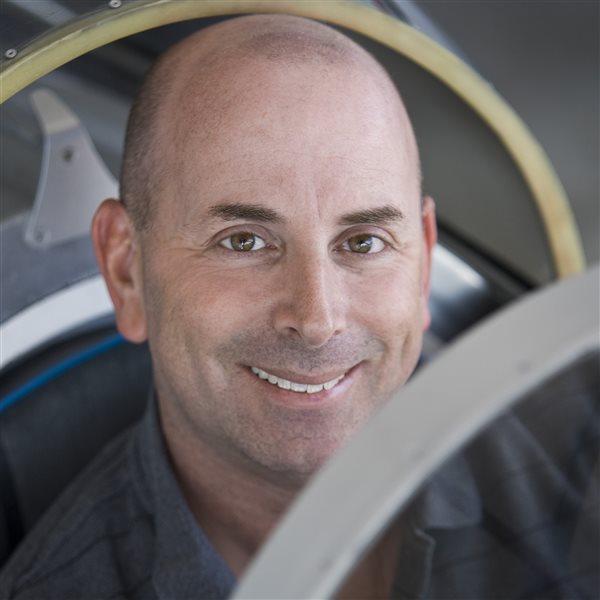NOAA pilot
Hunting hurricanes and much more

Hubbard became a general aviation pilot and flew an Aeronca Champ, but he didn’t see a way to combine his passions for flying and public service until 2018 when he learned of the National Oceanic and Atmospheric Administration (NOAA), which operates a fleet of scientific research aircraft.
NOAA crews fly a P–3 Orion into hurricanes to measure their intensity as well as a fleet of de Havilland DHC–6 Twin Otters, a Gulfstream IV, two Beechcraft King Air 350s, and a King Air 360.
“The mission of climate research appealed to me, and I knew that was something I really wanted to do,” Hubbard said.
Hubbard was a civilian flight instructor and had the flying qualifications for the agency’s aviation program (commercial, multiengine, and instrument ratings). But he lacked the college-level science education NOAA wanted. Hubbard signed up for a long list of science courses while working full-time and teaching as a part-time CFI in St. Paul, Minnesota. He applied to NOAA in 2023, was accepted, and started a 12-week officer training program at the U.S. Coast Guard Academy in New London, Connecticut, in early 2024.
Once he graduated as an ensign, Hubbard was sent to NOAA’s aviation center in Lakeland, Florida, and began training as a King Air 350 co-pilot. Most NOAA pilots transfer from other U.S. military branches or are hired from within, but the agency is increasingly turning to civilian-trained pilots like Hubbard. Some NOAA pilots fly multiple aircraft types and perform a wide variety of missions. The Twin Otter is used for low-altitude coastal mapping and wildlife surveys; King Airs measure the snowpack across North America each winter; the G-IV performs high-altitude atmospheric research and drops sensors into hurricanes, and the P–3 flies through them. Their new King Air 360 will support coastal mapping and emergency response missions including aerial surveys of damage caused by natural disasters.
“The variety of missions is amazing,” Hubbard said. “Even the snow survey. I’m from the Midwest, and I’ve always loved winter. I’m so happy I chose this route.” FT





